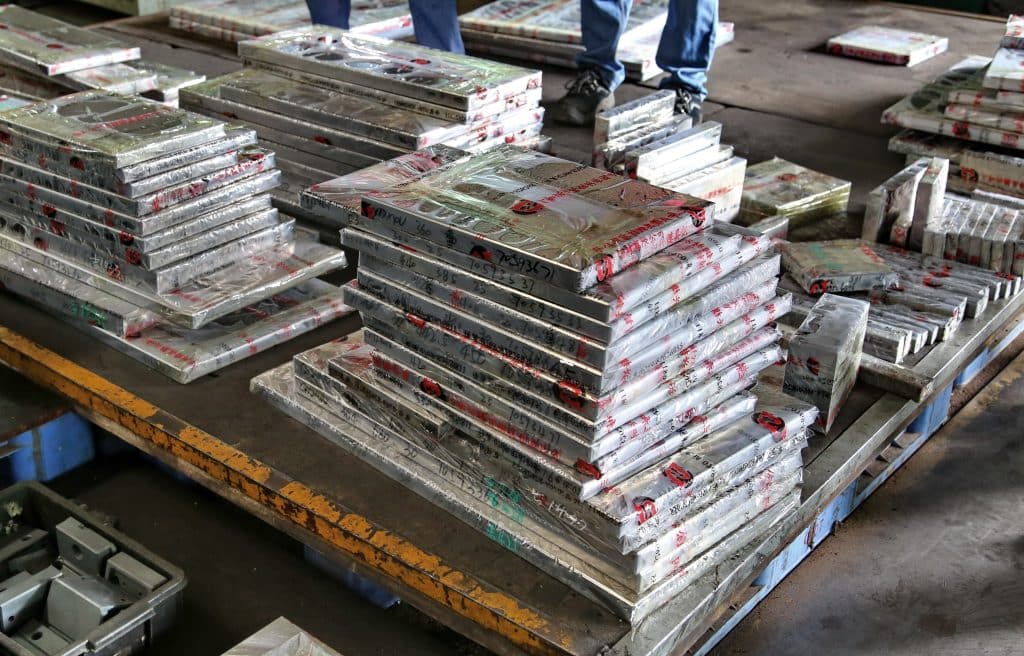Reducing procurement costs for special steel products requires a targeted approach due to the unique characteristics of these materials. Here are specific strategies to help minimize costs while maintaining quality in the procurement of special steel products:
Supplier Consolidation and Collaboration:
Consolidate Purchases: Work with a select number of strategic suppliers for special steel products to leverage volume discounts and simplify procurement processes.
Collaborative Planning: Collaborate closely with suppliers to understand market trends, demand forecasts, and potential cost-saving initiatives.
Strategic Sourcing:
Global Sourcing: Explore global sourcing options for special steel products to identify suppliers with competitive pricing while ensuring compliance with quality standards.
Explore Alternative Materials: Investigate alternative special steel materials that meet specifications but may be more cost-effective.
Negotiation and Long-Term Contracts:
Effective Negotiation: Enhance negotiation skills to secure favorable terms, including bulk pricing, extended payment terms, and other concessions.
Long-Term Contracts: Negotiate long-term contracts with key suppliers to ensure stability and potentially lock in favorable pricing.
Value Engineering:
Collaborative Design: Work with suppliers on value engineering initiatives to identify cost-saving opportunities without compromising the quality of special steel products.
Technology Integration:
E-Procurement Solutions: Implement e-procurement solutions for special steel products to automate processes, reduce manual effort, and enhance efficiency.
Advanced Analytics: Utilize advanced analytics to gain insights into procurement patterns, market trends, and potential cost-saving opportunities.
Optimized Inventory Management:
Demand Forecasting: Enhance demand forecasting accuracy to avoid excess inventory and minimize the risk of stockouts, reducing the need for expedited purchases.
Inventory Turnover: Aim for optimized inventory turnover to minimize holding costs.
Quality Assurance and Certification:
Certification Requirements: Clearly define and communicate quality requirements to suppliers and ensure adherence to relevant certifications.
Quality Inspection: Conduct thorough quality inspections to avoid costly rework or the need for replacement of substandard special steel products.
Risk Management:
Diversification: Diversify suppliers to mitigate risks associated with dependencies on a single source.
Supply Chain Visibility: Establish transparency in the supply chain to identify and mitigate potential disruptions that could lead to increased costs.
Benchmarking and Continuous Improvement:
Benchmark Costs: Regularly benchmark the costs of special steel products against industry standards to identify areas for improvement.
Continuous Improvement: Implement continuous improvement initiatives, seeking feedback from stakeholders and suppliers to refine procurement processes.
Flexible Contract Terms:
Flexible Agreements: Negotiate flexible contract terms that allow for adjustments based on market conditions, providing agility in response to changes in special steel product prices.
Supplier Performance Management:
Key Performance Indicators (KPIs): Establish KPIs for supplier performance and regularly evaluate suppliers based on their ability to meet quality and cost objectives.
Cross-Functional Collaboration:
Cross-Functional Teams: Foster collaboration between procurement, engineering, and other departments to align procurement strategies with overall business goals.
Tailoring these strategies to the specific requirements of special steel products will enhance their effectiveness in reducing procurement costs while ensuring the quality and reliability of the materials procured.

